We may earn money or products from the companies mentioned in this post. This means if you click on the link and purchase the item, I will receive a small commission at no extra cost to you ... you're just helping re-supply our family's travel fund.
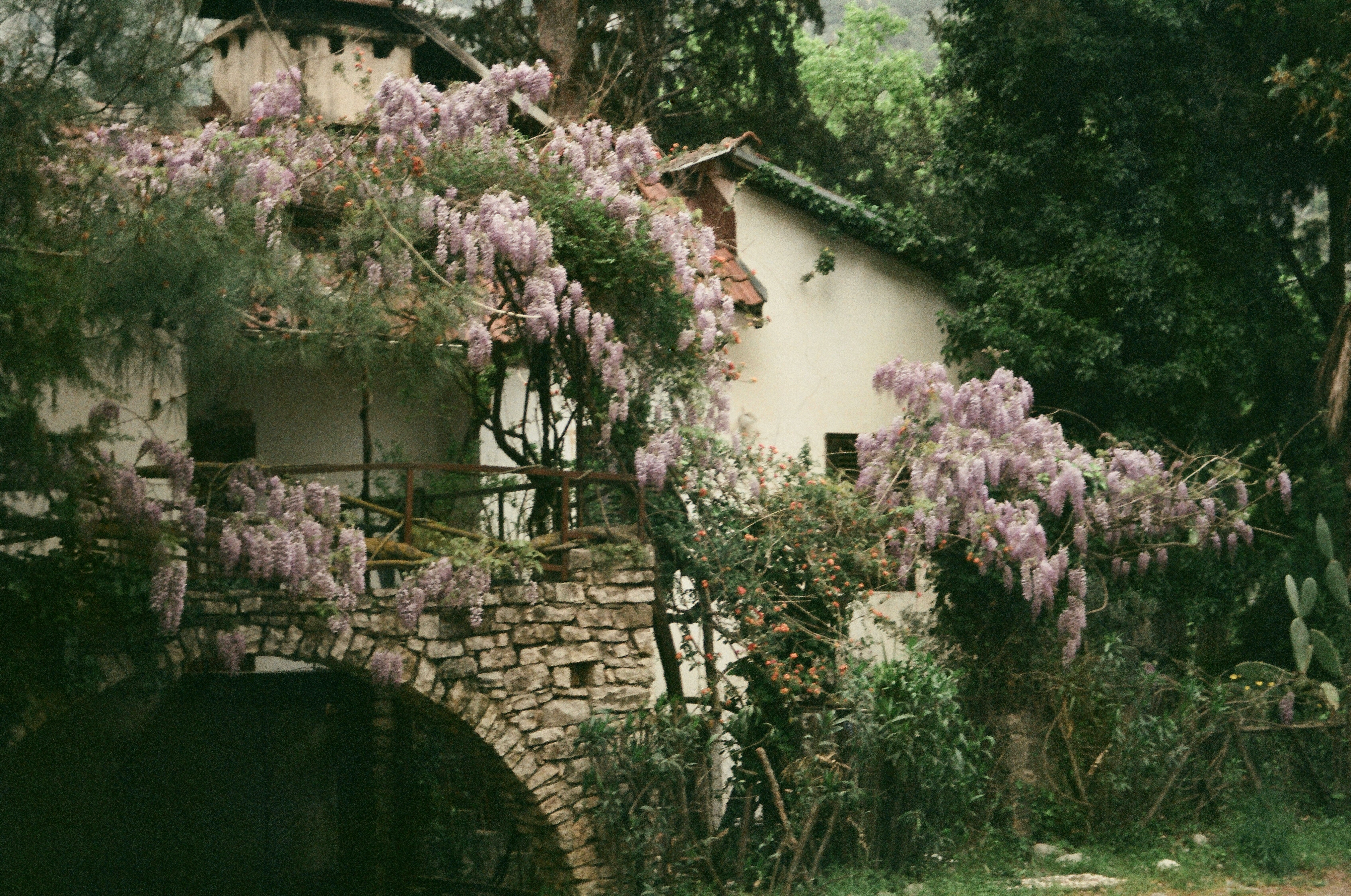
Tucked away in the hills, by the sea, or nestled among vineyards, Italy’s lesser-known villages offer a kind of magic that feels almost unreal. With cobblestone streets, pastel houses, flower-filled balconies, and centuries-old traditions, these hidden gems look like they leapt straight from the pages of a fairytale. Whether you’re chasing charm, peace, or a slower pace of life, these 8 Italian villages promise enchantment at every turn.
1. Civita di Bagnoregio
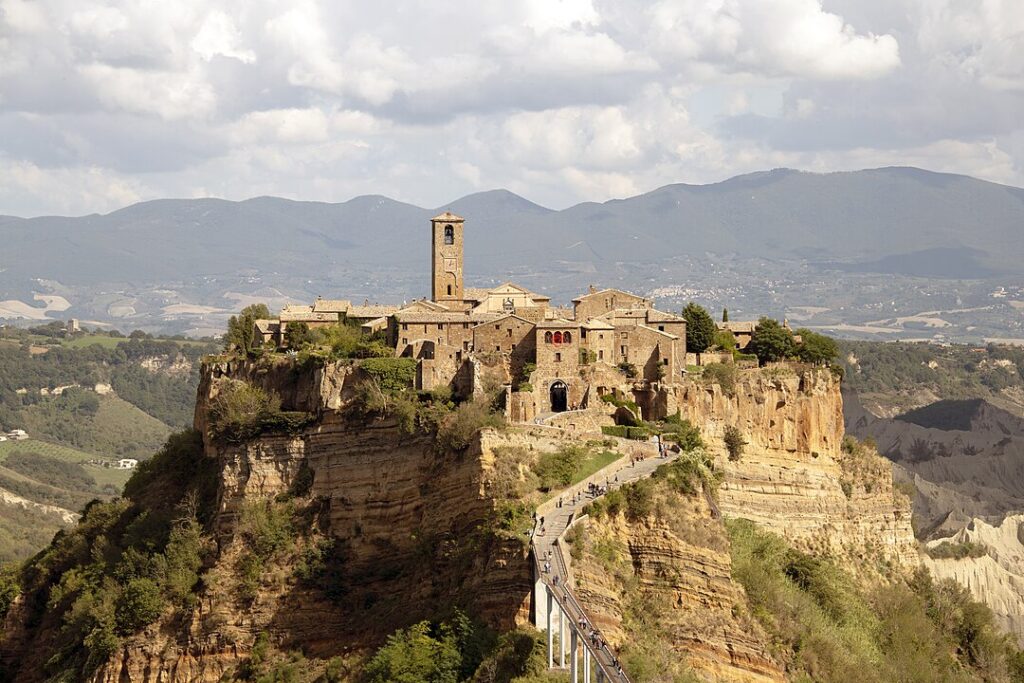
Perched atop a crumbling cliff in central Italy, Civita di Bagnoregio appears suspended between sky and time. Accessible only by a footbridge, its silence is broken only by the wind and the occasional church bell. Geologists call it a doomed town, but artisans and dreamers have reclaimed it—restoring faded frescoes and stone archways that date back a thousand years. It’s not just beautiful—it’s defiant, and breathtaking in its solitude.
2. Castelmezzano
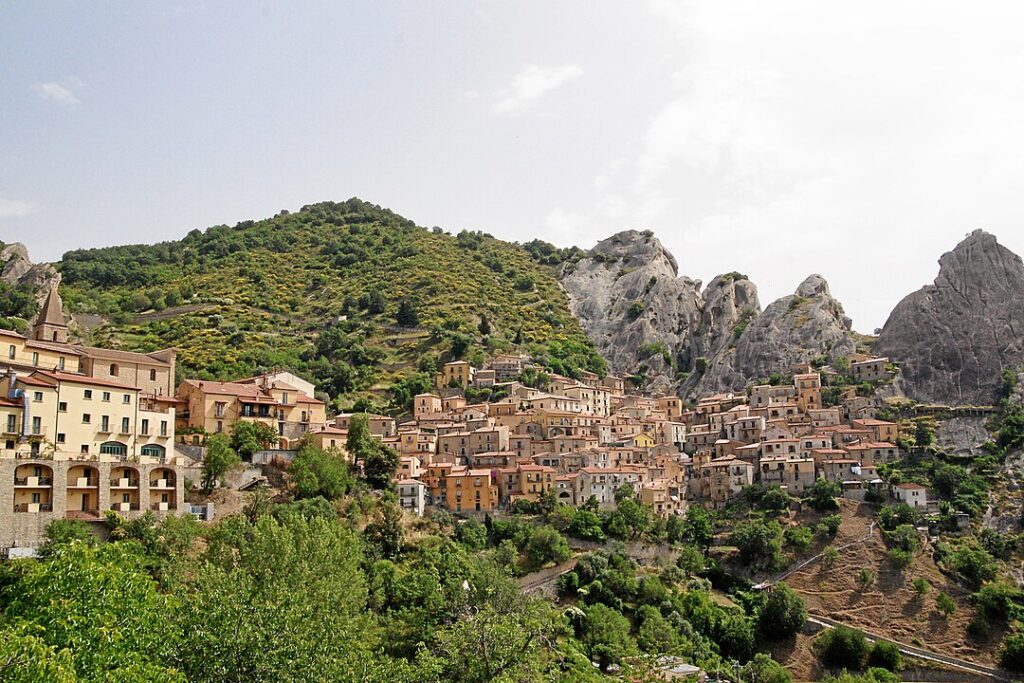
Hidden within the Lucanian Dolomites, Castelmezzano is a cluster of golden stone homes folded into jagged peaks. Its streets are staircases. At sunrise, the rocks glow like embers; at dusk, the village melts into shadow. Though few tourists reach it, those who do can fly like a hawk—literally—on the “Flight of the Angel” zipline between peaks. It’s not a postcard—it’s a surreal encounter with gravity and grace.
3. Varenna
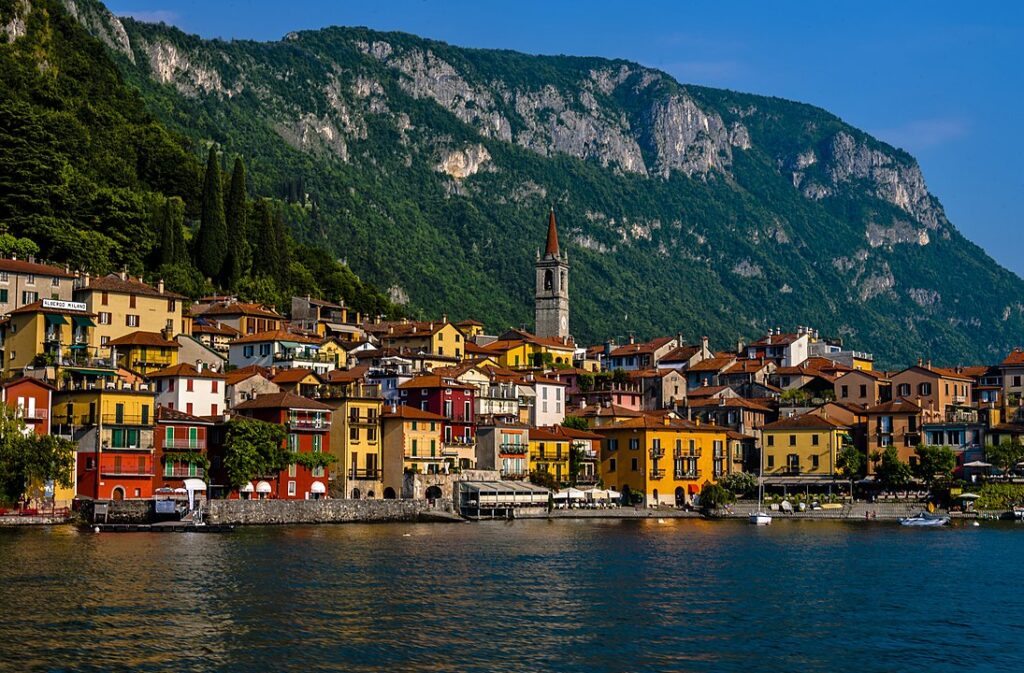
While crowds swarm nearby Bellagio, Varenna keeps its soul intact. With cobbled alleys slipping down to the blue hush of Lake Como, this fishing village offers a quiet romance that never feels staged. Pastel houses cling to the shore, and ancient olive trees whisper above hidden gardens. Locals still greet one another at dawn over espresso. It’s not flashy, but that’s the point—Varenna charms by simply being itself.
4. Dozza
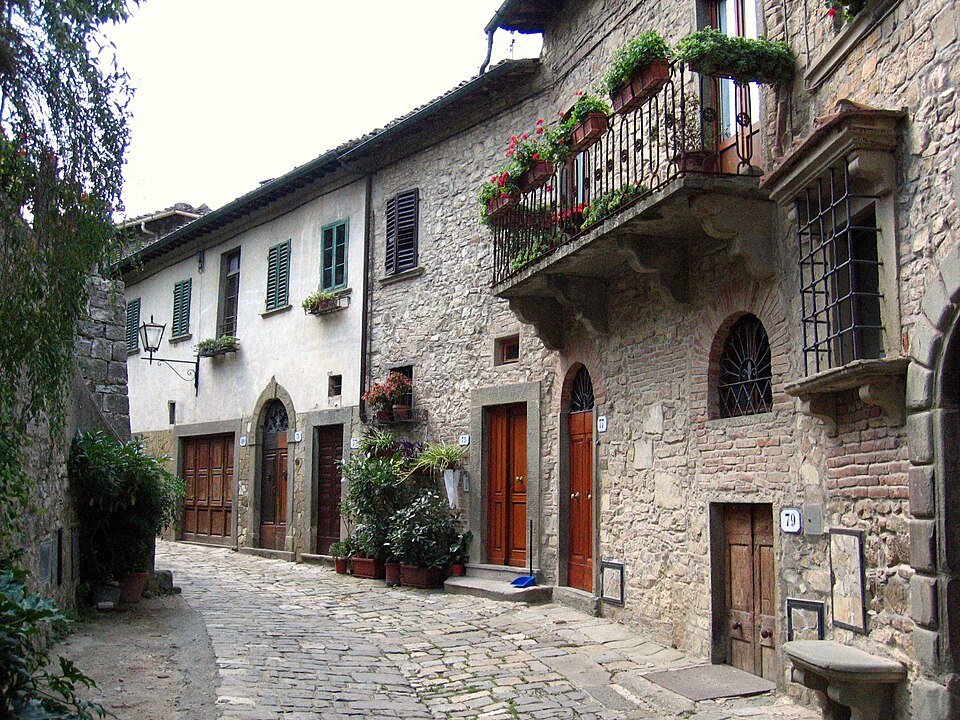
Dozza doesn’t just display art—it lives in it. This Emilia-Romagna gem turns its medieval walls into canvases for contemporary murals, each painted during its biennial art festival. As you wander the alleys, dragons, dancers, and surrealist dreamscapes emerge from stone. There’s a fortress too—now a wine cellar. In Dozza, history and modern creativity entwine, and every building holds a story in brushstrokes
5. Tellaro
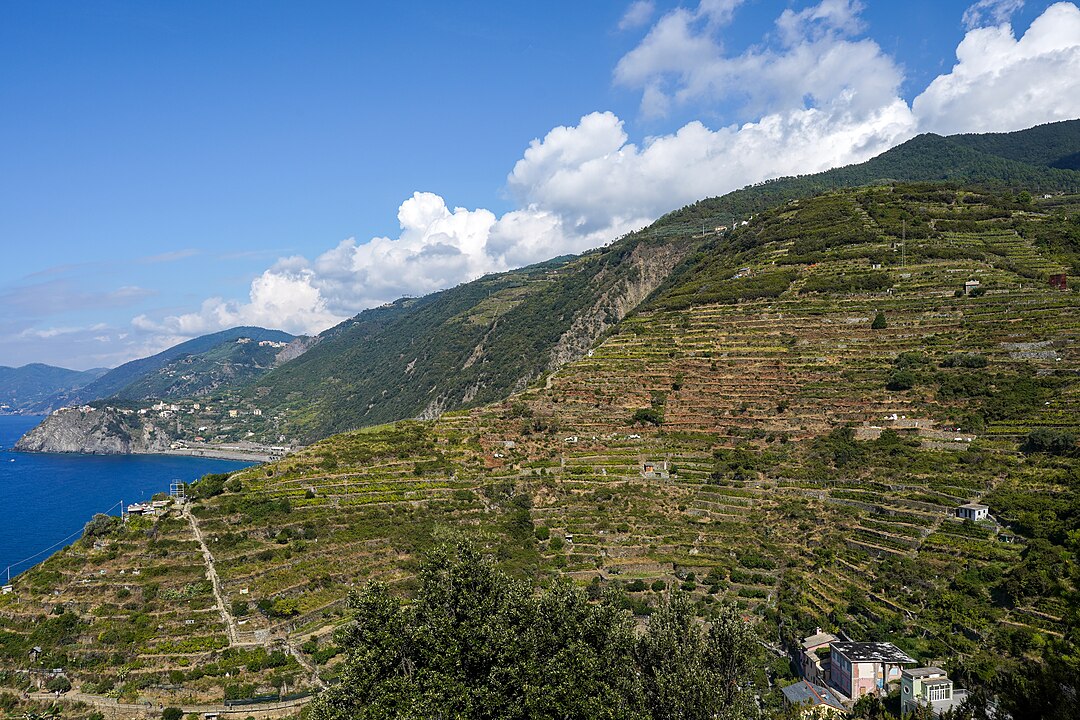
Eugenio Montale called it “a nirvana between sea and sky.” Tellaro clings to the Ligurian coast like coral, with sea-pink buildings weathered by salt and time. There are no crowds—just waves, cats sunbathing on stairways, and candlelit churches. A legend says a giant octopus once saved the village from pirates by ringing the church bell. Myth or not, Tellaro still feels protected by some gentle, ancient force
6. Sant’Agata de’ Goti
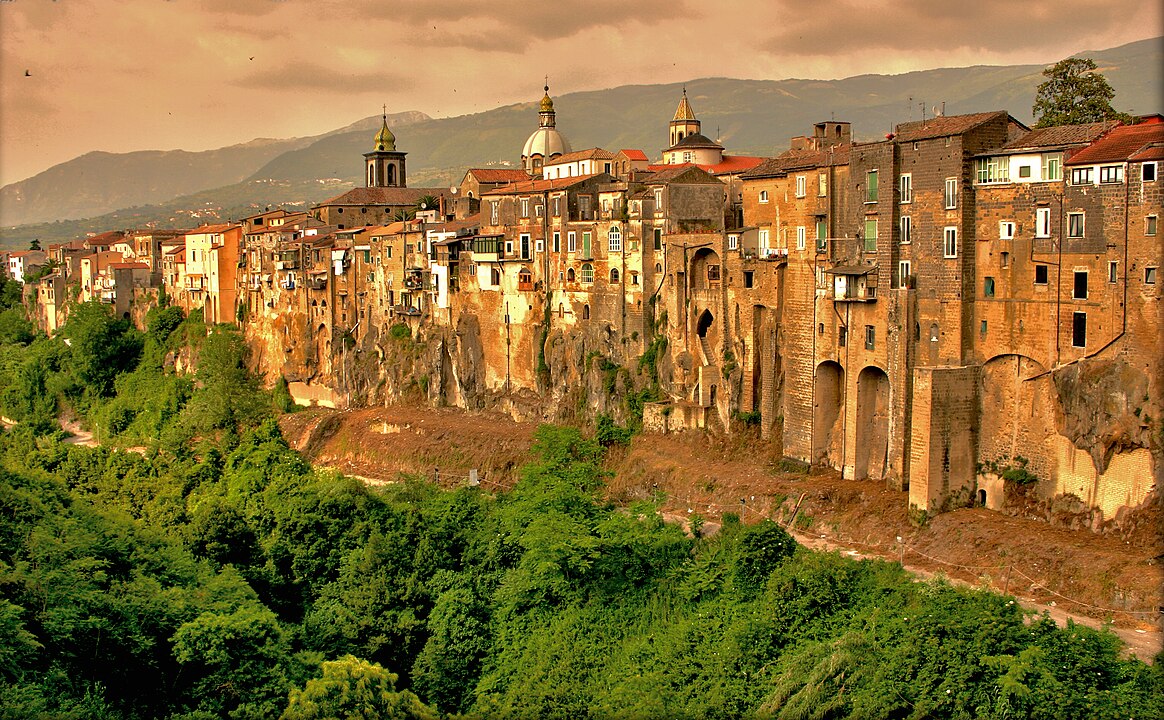
Sant’Agata de’ Goti rises like a dream above a gorge in Campania. Its stone buildings lean precariously over cliffs, seemingly stitched into the rock. Beneath the surface lie Etruscan tunnels and Roman foundations. Life here flows at its own pace—laundry hangs across narrow lanes, and children chase soccer balls beside centuries-old chapels. It’s a village that remembers, yet refuses to fossilize.
7. Malcesine
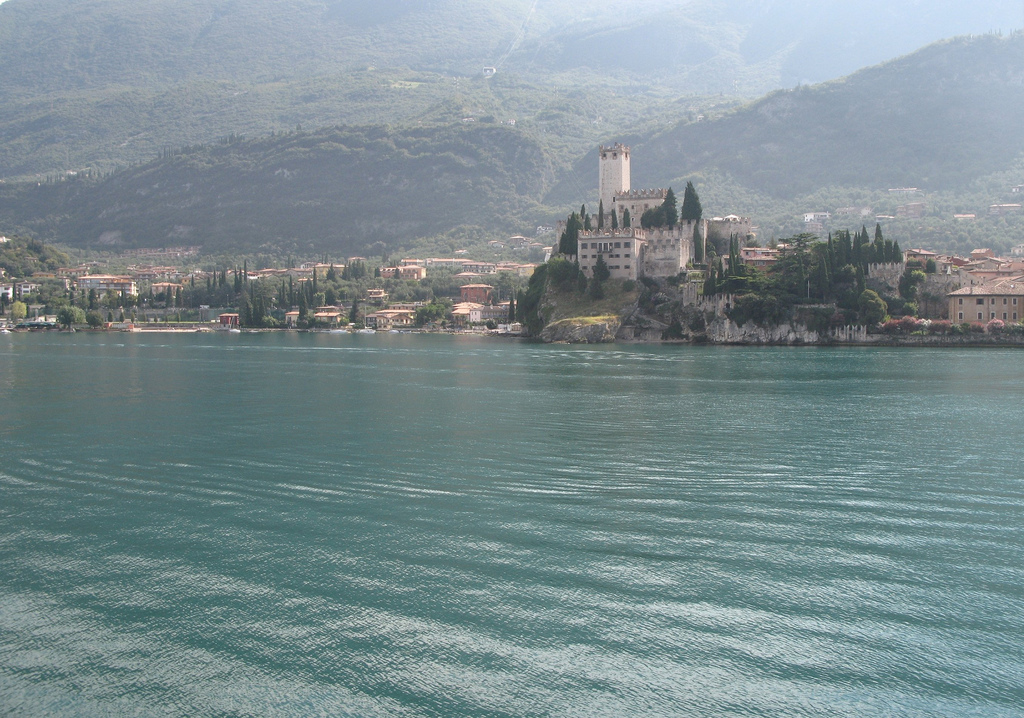
Malcesine sits between lake and mountain, wrapped in lemon trees and light. Its star is Scaliger Castle, perched dramatically over Lake Garda, once painted by Goethe himself. But beyond its photogenic angles, the village pulses with quiet life: fishermen mending nets, elderly couples sharing gelato in the shade. The cable car ride to Monte Baldo reveals just how dreamlike it all truly is—from every altitude.
8. Apricale
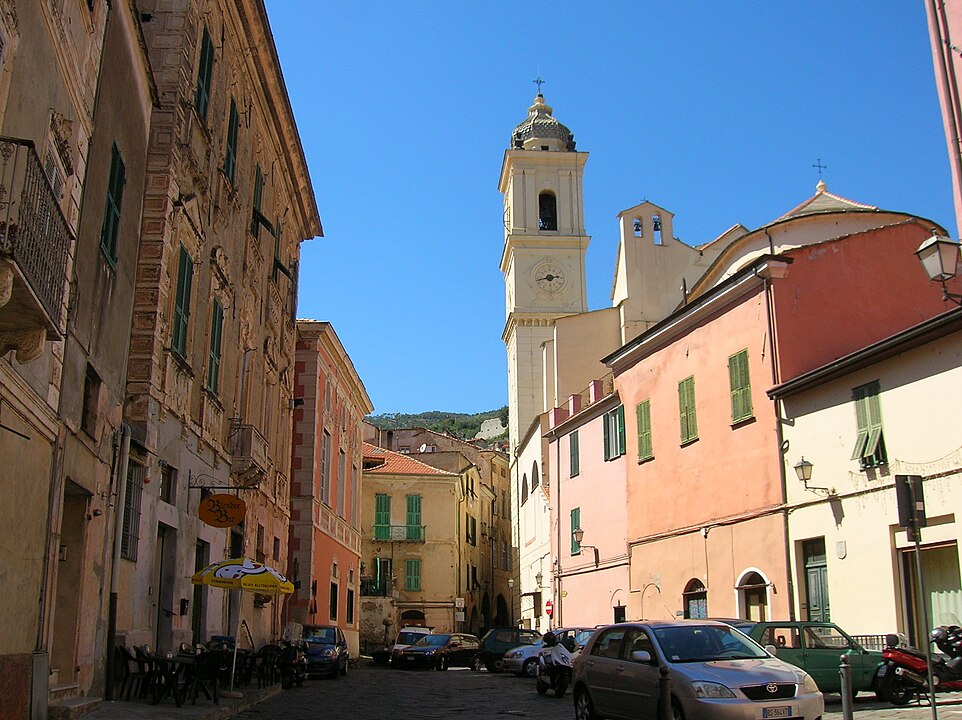
Apricale isn’t just one of Liguria’s most beautiful villages—it’s a living sculpture. Homes rise like stairs, tangled in arches, balconies, and flowers. Art spills onto the streets: mosaics, ironwork, shadow plays at sunset. With no through traffic, silence reigns. At night, lanterns flicker against stone, and theater troupes perform in the square. Apricale doesn’t ask to be admired—it simply enchants, without effort.